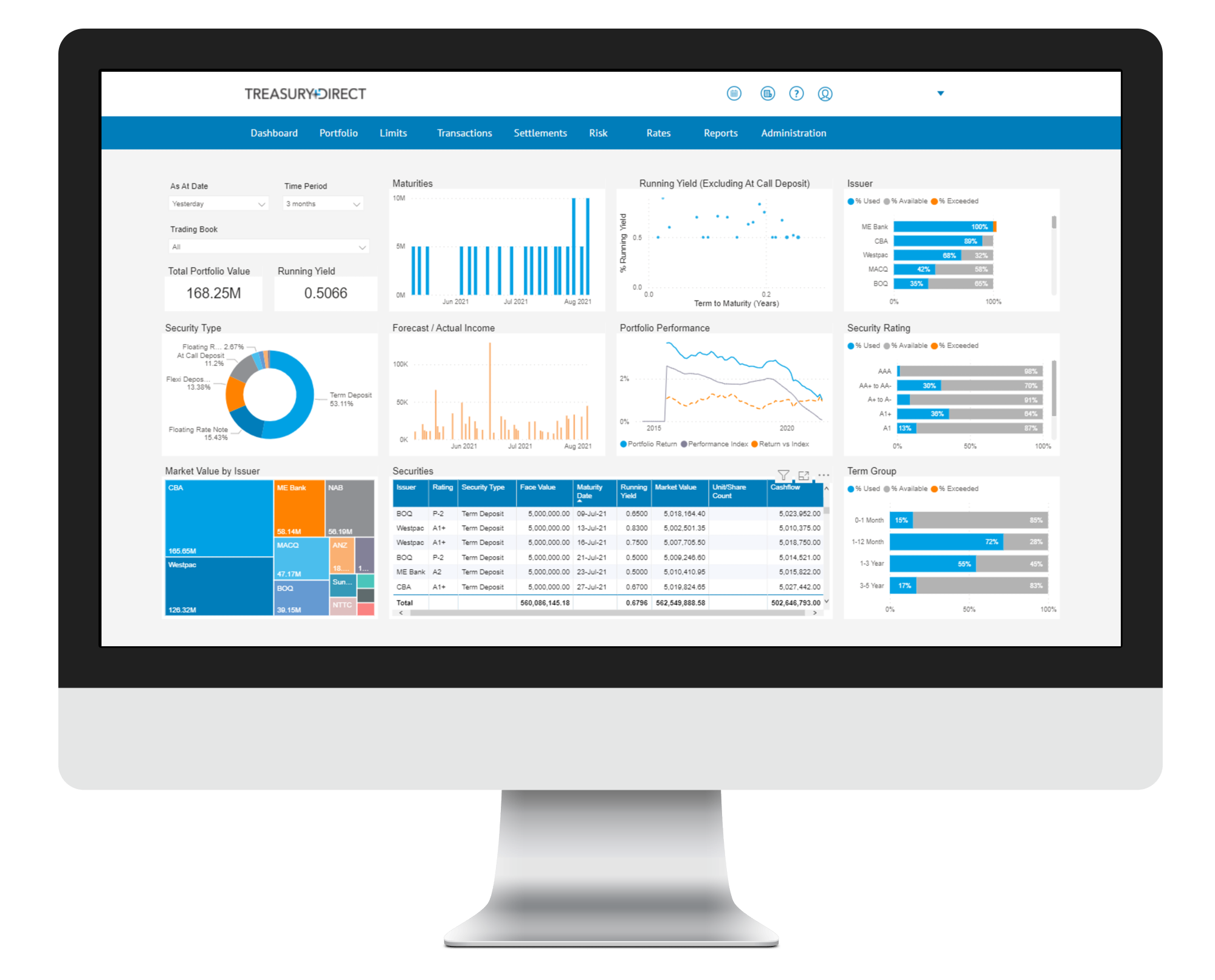Markets Overview
- ASX SPI 200 futures down 1.2% to 8,406.00
- Dow Average down 0.8% to 44,544.66
- Aussie down 0.6% to 0.6170 per US$
- US 10-year yield rose 2.3bps to 4.5387%
- Australia 3-year bond yield rose 1.9 bps to 3.82%
- Australia 10-year bond yield rose 5 bps to 4.43%
- Gold spot up 0.1% to $2,798.41
- Brent futures down 0.3% to $75.67/bbl
Economic Events
- 09:00: (AU) Jan. S&P Global Australia PMI Mfg, prior 49.8
- 11:00: (AU) Jan. Melbourne Institute Inflation, prior 2.6%
- 11:00: (AU) Jan. Melbourne Institute Inflation, prior 0.6%
- 11:30: (AU) 4Q Retail Sales Ex Inflation QoQ, est. 0.8%, prior 0.5%
- 11:30: (AU) Dec. Retail Sales MoM, est. -0.7%, prior 0.8%
- 11:30: (AU) Jan. ANZ-Indeed Job Advertisements , prior 0.3%
- 11:30: (AU) Dec. Building Approvals MoM, est. 1.0%, prior -3.6%
- 11:30: (AU) Dec. Private Sector Houses MoM, prior -1.7%
The dollar surged in early Asian trading and stocks were primed for losses after US President Donald Trump carried out his threat to impose general levies of 25% on Canada and Mexico and 10% on Chinese goods from Tuesday, sparking vows of retaliation.
The US currency advanced against most of its major peers, sending the Canadian dollar to its weakest since 2003, the euro to its lowest since November 2022 and the Mexican peso to an almost three-year low. Equity futures in Australia and Japan fell on Friday after Trump pledged to impose the tariffs.
The rapid escalation in trade tensions is fueling a flight to haven assets as uncertainty mounts over everything from inflation and central bank policy easing to Trump’s next move. While Trump has pledged sweeping trade levies since his election win in November to combat issues such as illegal immigration and illicit drugs, global stocks had rallied more than 3% while the dollar edged lower this year in anticipation tariffs would be delayed or avoided as officials sought to negotiate deals.
“The market needs to structurally and significantly reprice the trade war risk premium” with the announcements at the weekend roughly three times larger than what was envisaged, George Saravelos, head of FX research at Deutsche Bank, wrote in a note to clients. “For Canada and Mexico, we see this trade shock – if sustained – as being far larger in economic magnitude than that of Brexit on the UK and would expect both countries to enter a recession in coming weeks.”
The S&P 500 reversed gains and fell 0.5% following the White House announcement Friday, the dollar climbed against major peers and the yield on 10-year Treasuries rose two basis points. Bitcoin slumped.
Behind the rally in the dollar is the bet that tariffs will fuel inflationary pressures and keep US interest rates elevated, while also hurting foreign economies more than the US and adding to the greenback’s safe-haven lure. Foreign currencies get hurt as American demand declines for costlier imports.
Traders are on alert for big swings in stock markets in sectors that are considered the front lines of any trade war. A UBS Group AG basket of stocks at risk from the proposed tariffs sank almost 4% on Friday on concerns levies would fan inflation and hit bottom lines.
Automakers such as General Motors Co. and Stellantis NV, which have global supply chains and massive exposure to Mexico and Canada, could see significant moves. Electric vehicle manufacturers Tesla Inc., and Rivian Automotive Inc. could also feel the pinch. Mentions of the word “tariffs” are already surging on earnings calls.
“What makes the issue more of a concern for risky markets, and an increased challenge for market participants to price, is the fact that the Canadians were so quick to counter,” said Chris Weston, head of research at Pepperstone Group in Melbourne. “The market now looks further afield, with China the far bigger issue for global markets, and we’ve already heard that they will come back and counter, although we have limited clarity on what that looks like.”
In Asia Monday, traders will also be focused on Australian retail sales to help gauge the health of the consumer as they continue to finesse bets on Reserve Bank of Australia policy easing. The China Caixin manufacturing PMI will also be parsed to help assess the health of the world’s second largest economy.
In commodities, oil will be closely watched after energy imports from Canada faced a lower 10% levy.

